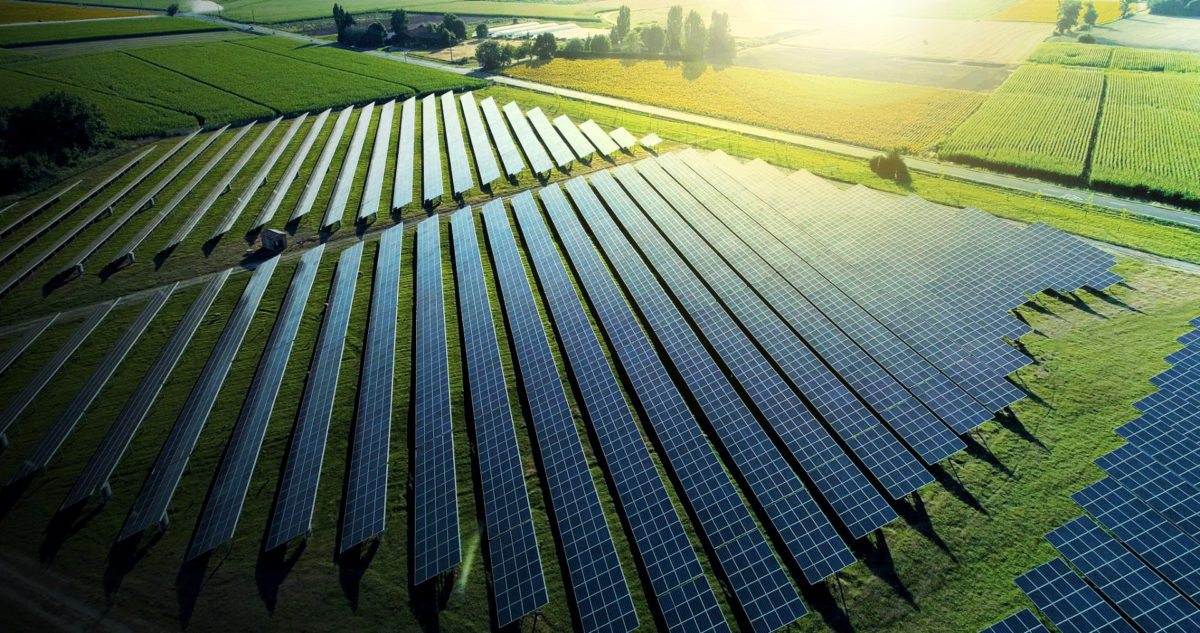Seattle-area utility Puget Sound Energy (PSE) will add 300 MW of utility-scale solar, 500 MW of wind, and 50 MW of battery capacity by 2025 to reach 63% clean generation.
PSE relies heavily on hydroelectric generation and now has 770 MW of wind capacity. Washington State has 600 MW of solar capacity, providing less than 1% of generation, according to the Solar Energy Industries Association (SEIA).
The Washington Utilities and Transportation Commission (UTC) determined that the 63% renewables target, set by the utility in late 2021, appears “reasonable in light of forecasted costs.”
The UTC also said that PSE’s plans to add 80 MW of distributed solar and 25 MW of distributed battery storage by 2025 were reasonable. Regulators directed PSE to increase the amount of community solar in its plan, however, from 25 MW to 50 MW, saying that community solar “provides greater benefits to customers” than customer leasing of solar or battery resources.
PSE is Washington State’s largest utility, with 1.1 million electric customers.
Transparency
As a condition of approving the utility’s plan, state regulators required PSE to increase the transparency of its resource planning going forward. The UTC said that within 60 days PSE must provide a narrative describing the methodology used to develop its renewable energy targets, and how those targets will contribute to meeting the 63% clean energy target by 2025.
The UTC also required PSE to obtain a license for UTC staff to use the Aurora and PLEXOS models, which the utility uses in its planning. At least one other state, Arizona, requires transparent modeling for utility resource plans, allowing state regulators to reproduce a utility’s modeling, or modify it using different assumptions.
Regulators also required PSE to rerun its resource planning models with an updated methodology for incorporating the social cost of greenhouse gas emissions and updated capacity values for energy storage, saying that PSE had undervalued storage.
Based on those new model runs, regulators ordered PSE to recalculate its interim clean energy targets and its energy storage target, and to incorporate any changes in its 2023 resource plan.
Equity
Washington’s Clean Energy Transformation Act (CETA) requires the state’s utilities to transition to 80% clean electricity by 2030 and 100% clean electricity by 2045, and sets equity goals as well. The state’s three investor-owned electric utilities must file periodic plans to show how they will achieve those targets.
The UTC set numerous conditions for PSE to improve the equity aspects of its plan. For example, PSE was ordered to develop a rent-to-own option or other options in place of leasing rooftop solar and residential batteries to customers.
“Prioritizing the most impacted communities in an equitable distribution of benefits and reduction of burdens will make CETA implementation truly transformative,” said Mariel Thuraisingham, clean energy policy lead for the community coalition Front and Centered. “The UTC’s order is a major step to keep utilities on track and hold them accountable for a just transition to a clean energy future.”
Earthjustice, the environmental law nonprofit, represented Front and Centered and the nonprofit NW Energy Coalition in the UTC’s regulatory proceeding that reviewed PSE’s plan, with support from the consultancy GridLab.
This content is protected by copyright and may not be reused. If you want to cooperate with us and would like to reuse some of our content, please contact: editors@pv-magazine.com.








By submitting this form you agree to pv magazine using your data for the purposes of publishing your comment.
Your personal data will only be disclosed or otherwise transmitted to third parties for the purposes of spam filtering or if this is necessary for technical maintenance of the website. Any other transfer to third parties will not take place unless this is justified on the basis of applicable data protection regulations or if pv magazine is legally obliged to do so.
You may revoke this consent at any time with effect for the future, in which case your personal data will be deleted immediately. Otherwise, your data will be deleted if pv magazine has processed your request or the purpose of data storage is fulfilled.
Further information on data privacy can be found in our Data Protection Policy.